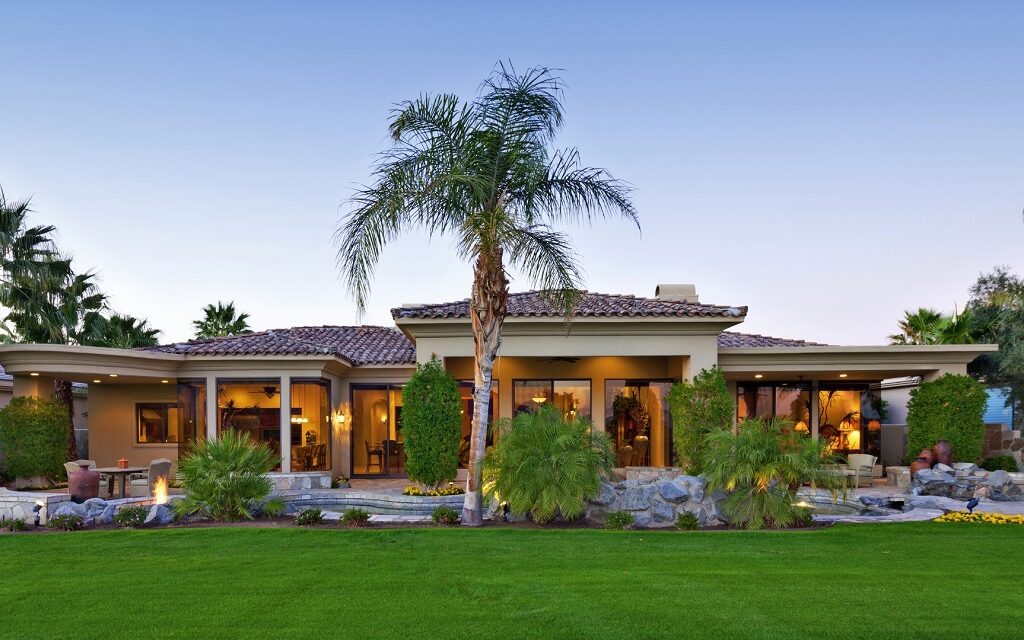If you’ve been struggling to maintain an attractive and healthy lawn, it may be time to consider a different approach.
Did you know that replacing your lawn with sod is an effective way to transform your outdoor space without the hassle of traditional lawn care? Yes, sod can provide a healthy and durable turf that requires less maintenance and looks great year-round!
In this article, we explore the signs that sod may be a better option for your lawn and the benefits it can provide you and your outdoor space.
Table of Contents
- What is Sod?
- 4 Signs Sod May Be a Better Fit for Your Lawn
- The Benefits Sod Can Offer You & Your Lawn
- Popular Types of Sod
- Conclusion
- FAQs
Also see:
- How to Design a Beautiful Self-Sustaining Permaculture Backyard
- How to Design a Low-Maintenance Garden in 5 Simple Steps
- Dirt Locker: DIY Sustainable Erosion Control Landscaping
- More Recommended Landscaping & Gardening Articles
- Related Topics: Indoor-Outdoor Living | Landscaping | Lawn Care | Gardening | Curb Appeal
What is Sod?
Sod, also known as turf or lawn grass, refers to pre-grown grass that is cultivated and nurtured in specialized farms. It is commonly sold in rolls or squares, with a thin layer of soil and roots which holds the grass together.
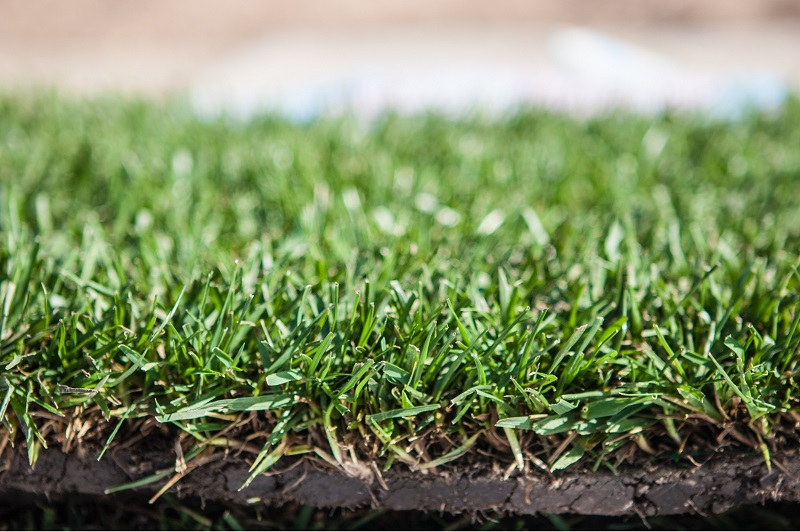
Sod offers an “instant gratification” solution for establishing a green lawn quickly without needing to wait painstakingly for grass seeds to germinate, take hold, and grow. In short, sod provides an immediate and visually appealing landscape.
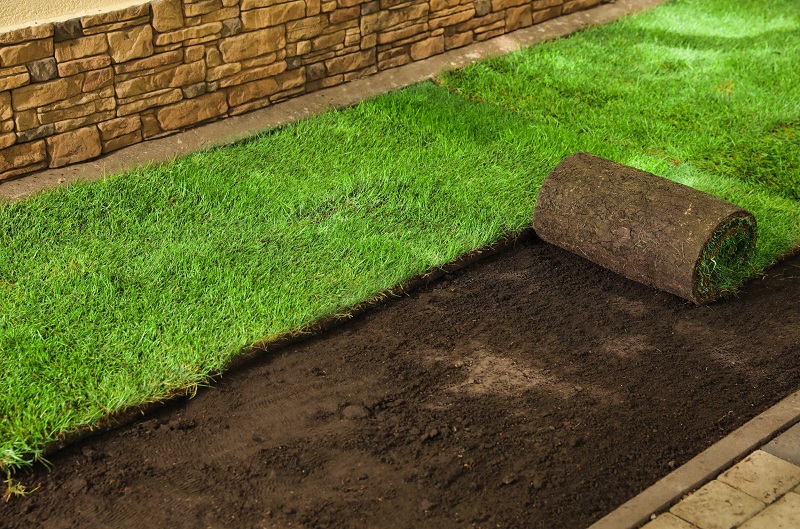
4 Signs Sod May Be a Better Fit for Your Lawn
Maintaining a beautiful lawn is no easy task. It requires regular care and maintenance to keep it looking lush and green. However, despite your best efforts, your lawn can still frustratingly end up looking patchy, thin, and lifeless.
When experiencing this situation, it may be time to consider a sod lawn. Here are four common signs that a sod lawn may be a better fit for your property:
- Patchy and Bare Spots
- Weeds and Invasive Plants
- Poor Soil Quality and Nutrient Depletion
- High Water Bills
1. Patchy and Bare Spots
Do you have patchy or bare spots on your lawn that just won’t go away no matter what you do? These unsightly areas can be caused by a variety of factors such as:
- Compacted Soil
- Poor Drainage
- Pests
- Disease
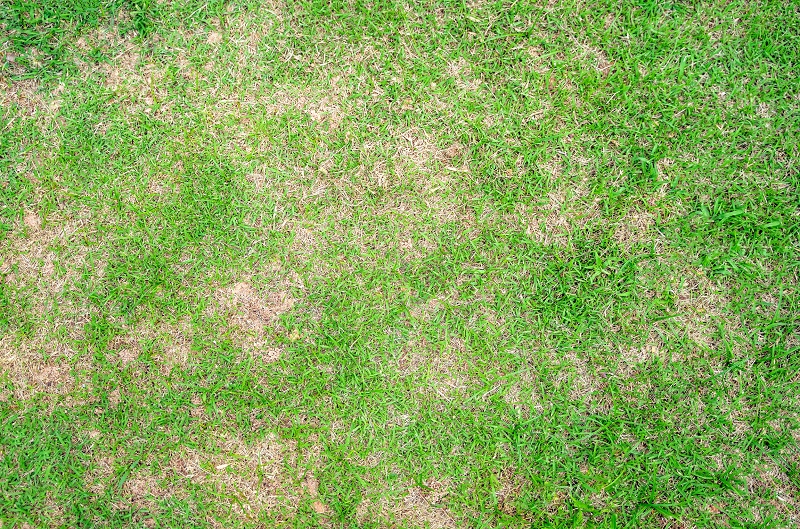
These issues can be difficult to tackle, especially if they have been present for an extended period.
Compacted soil is caused by heavy foot traffic, machinery, or any other heavy objects placed on the soil. It can lead to a lack of air and water circulation, making it difficult for grass roots to grow deep and strong. As a result, you may notice patches of grass dying, leaving behind bare spots on your lawn.
While there are ways to prevent compacted soil, such as aeration and topdressing, it can take time and effort. Sod lawn, on the other hand, can be a quick and efficient solution to fill in these bare spots and improve drainage.
Another culprit of patchy and bare spots on your lawn is poor drainage. When water is not draining properly, it can cause root rot, which leads to bald patches on your lawn.
Poor drainage can be caused by several factors, including:
- Compacted Soil
- Improper Grading
- Heavy Rainfall
If you’ve addressed these issues and still have bald spots on your lawn, it might be time to try a sod lawn. Sod grass can help improve soil structure, allowing better water and air flow, and prevent standing water from forming.
2. Weeds and Invasive Plants
Dealing with persistent weeds and invasive plants can be a nightmare. These unwanted plants can overtake your grass, making it challenging to maintain and control.
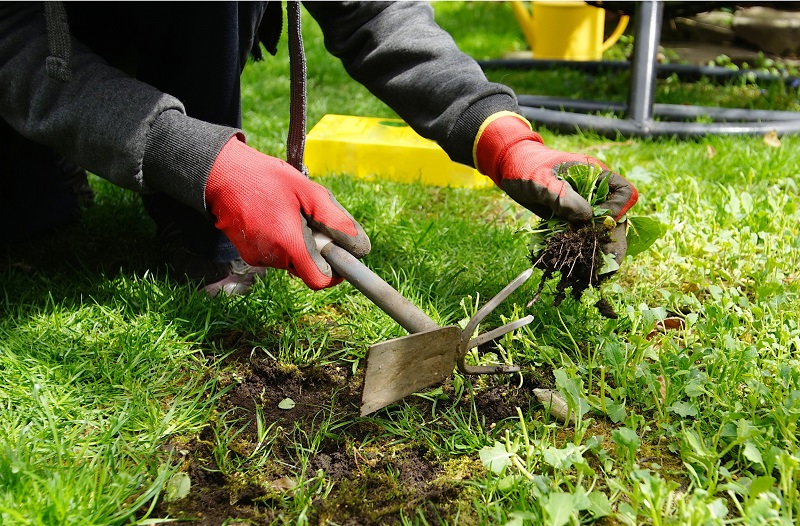
Though herbicides can be used to get rid of these unwanted plants, using chemicals can cause damage to your grass and turf, leading to additional problems.
When opting for sod on the other hand, you are starting fresh with a well-established turf that is weed-free, reducing the need for weed control measures. Consider this approach as a natural way to hit the “reset button” on your lawn!
3. Soil Quality and Nutrient Depletion
Over time, soil quality can become depleted because of various factors, including:
- Over-Fertilization
- Soil Compaction
- Environmental Pollution
Indications of poor soil quality include:
- Yellowing Grass
- Stunted Growth
- Poor Resilience
- Thinning
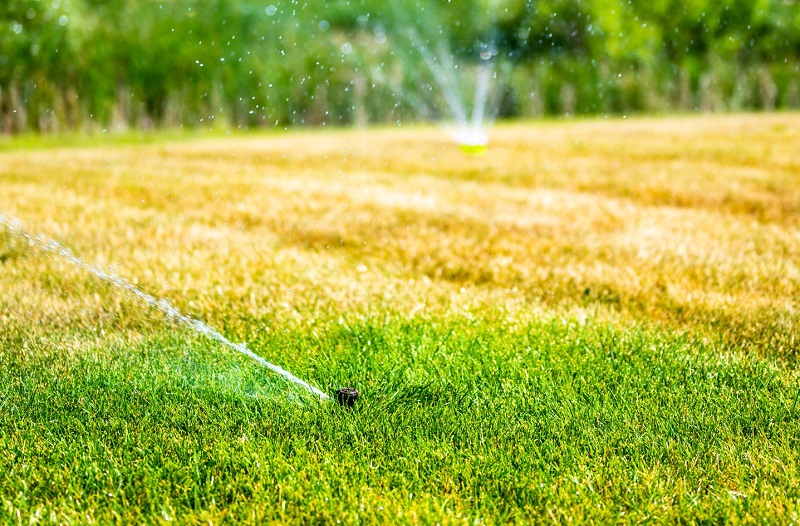
Instead, sod can be installed on properly prepared soil, providing a fresh start with nutrient-rich substrate that promotes healthy growth and longevity.
If you’re trying to grow grass from seed and not making progress, this is a sign that something is wrong with your soil and lawn. It may be soil quality, pH balance, or the presence of pests and diseases.
Installing sod is an instant solution, helping you make sure that the lawn is healthy and lush-looking for enjoyable long-term results.
4. High Water Bills
If you’ve been struggling to make sense of your increasing water bills, it may be an indication that your lawn may be consuming more water than it should.
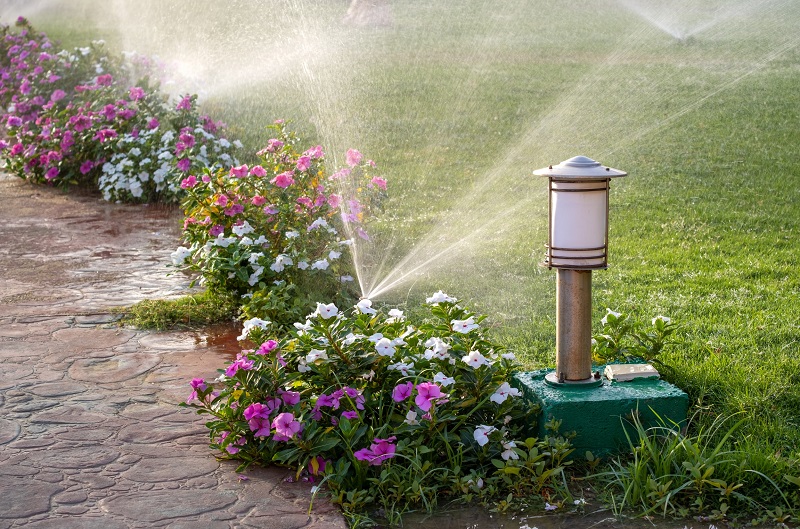
As an alternative to a “seemingly always thirsty lawn”, a sod lawn requires less water to sustain compared to traditional lawns. In fact, a well-established sod lawn can use significantly less water per year, while maintaining a healthy and vibrant appearance. This makes it ideal for hotter, drier climates, as well as for homeowners who desire low-maintenance outdoor spaces and simply don’t want a high-frequency chore such as watering their lawn.
While not all varieties of sod are drought-tolerant, there are many that can survive prolonged periods without water. If you find the right type for your property, sod can help stabilize the soil, reduce soil erosion, and prevent water runoff.
Also see:
The Benefits Sod Can Offer You & Your Lawn
The process of installing sod primarily involves laying out pre-grown grass and soil onto your lawn, creating an instant lush lawn without the wait of traditional seeding methods.
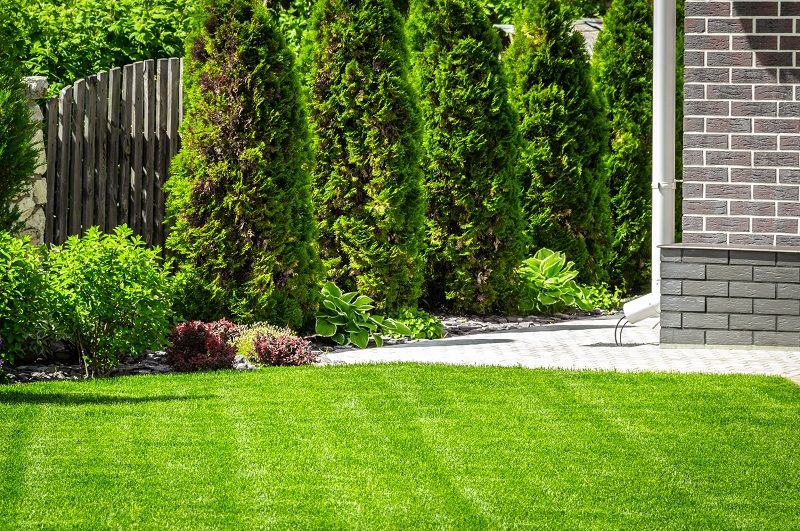
Sod provides an immediate solution to a barren lawn, enhancing the look of your outdoor space within a few hours. Once laid, you will need to wait a few weeks before using the lawn, so that it can become properly established. Then you will have a lush and beautiful lawn that can last for years.
While many may see sodding as the more economical option, this method does come with higher upfront costs. However, when you factor in the amount of time, effort and resources saved, the expense of sod installation can be a sound investment. Plus, the installation process is not labor-intensive, making it convenient and practical for homeowners, especially those with busy schedules.
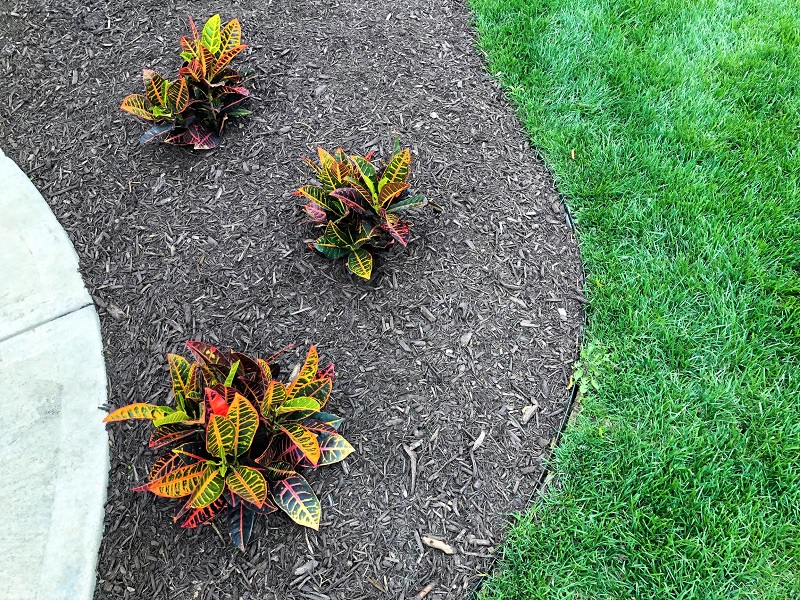
There are many types of sod, each with its unique characteristics and uses. Always consult with a professional landscaper or nursery to get advice on the best type of sod for your lawn and local climate zone. The right choice of sod is dependent on factors such as:
- Soil Type
- Sunlight Exposure
- Regional Climate
Choosing the right type of sod will ensure that your lawn thrives and remains healthy.
Popular Types of Sod
There are various types of sod available, each with its own characteristics and suitability for different climates and conditions. Keep in mind that natural hybrids are also available that incorporate the characteristics of different grasses in order to best strive in specific climate zones.
Here are a few popular sod varieties:
Bermuda Grass
Bermuda grass thrives in warm climates and is highly resilient to heat, drought, and foot traffic. It has a dense and finely textured appearance, also making it ideal for golf courses and sports fields.
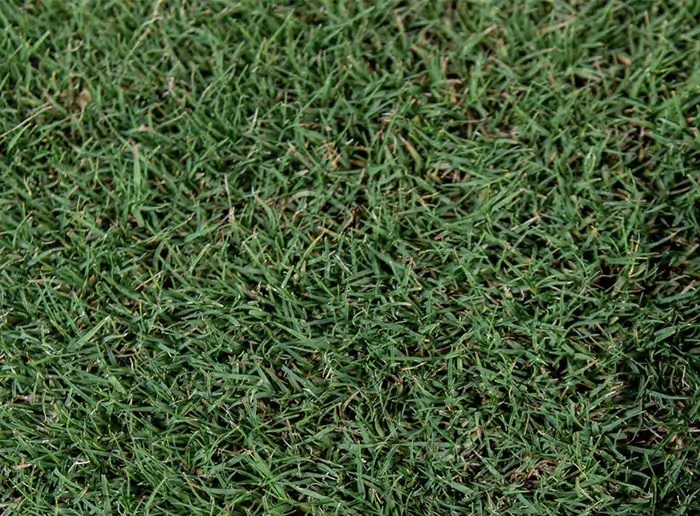
Bermuda Grass
Image courtesy of SodLawn
Fescue Grass
Fescue grass is a cool-season grass that performs well in shady areas. It has good tolerance for cold temperatures and offers an attractive, fine-textured appearance.
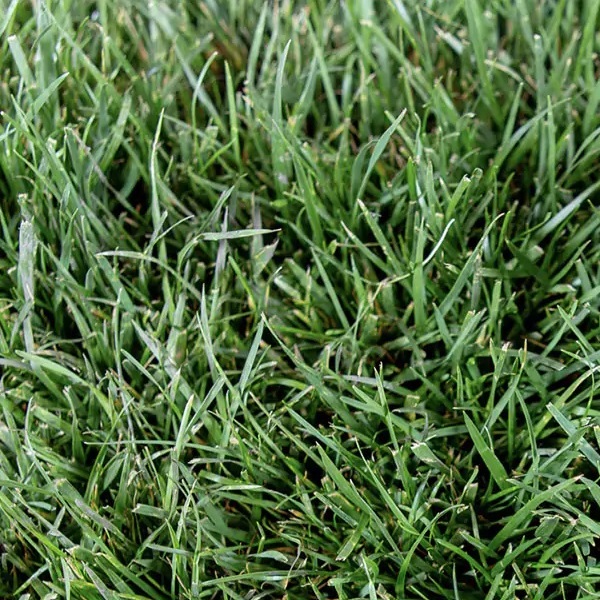
Fescue Grass
Image courtesy of SodLawn
Kentucky Bluegrass
Known for its excellent texture and dark green color, Kentucky Bluegrass is a popular choice for lawns in colder regions. It has strong tolerance for foot traffic and can recover quickly from damage.
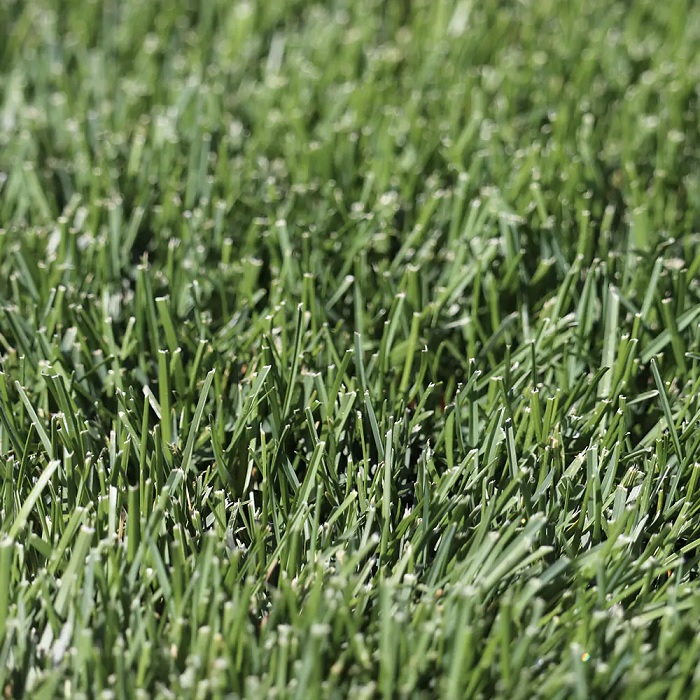
Kentucky Bluegrass
Image courtesy of SodLawn
Zoysia Grass
Zoysia grass is known for its exceptional durability and ability to withstand heavy foot traffic. It exhibits excellent heat and drought tolerance, making it suitable for warmer climates.
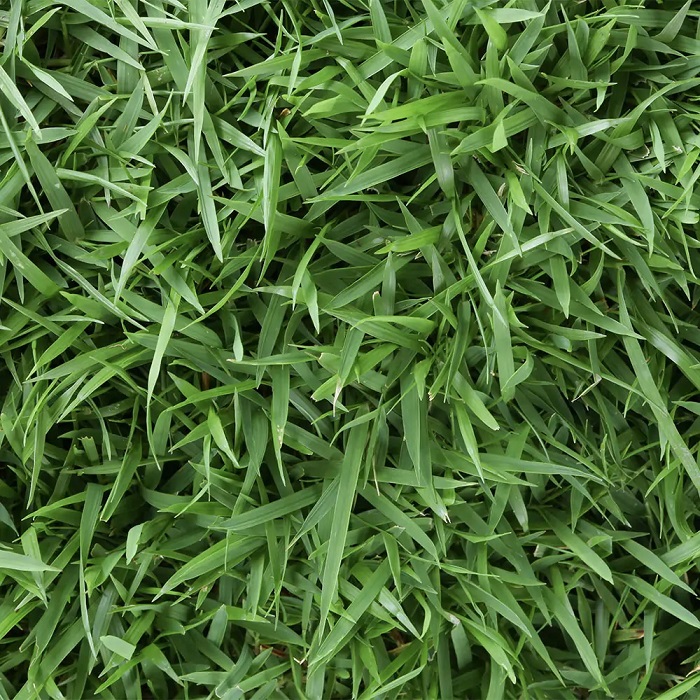
Zoysia Grass
Image courtesy of SodLawn
Conclusion
Maintaining a lush, green, and beautiful lawn often requires effort, persistence, time, and money. If you find yourself dedicating more and more time to upkeep, it might be time to replace your lawn with sod.
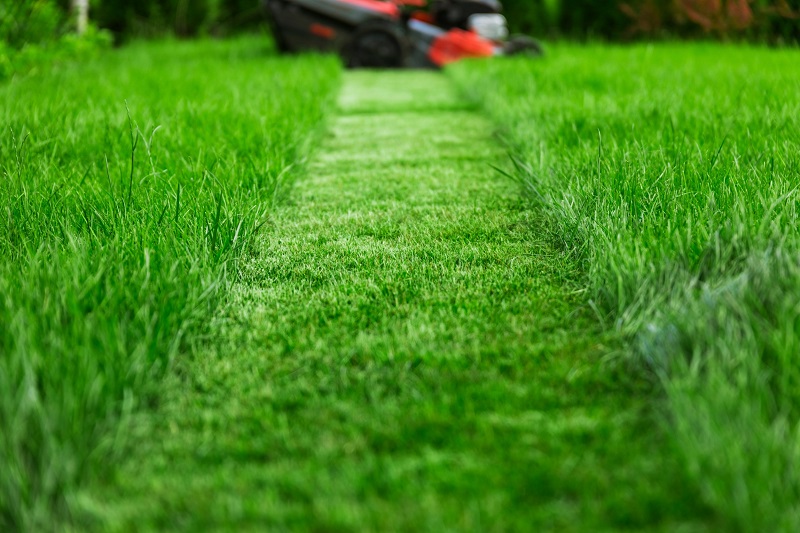
If done properly, sodding can be a hassle-free and time-saving solution to persistent landscaping problems that will reduce stress with the promise of having a beautiful lawn for years to come.
With its easy maintenance, instant green and lush appearance, sodding is a surefire way to refresh your outdoor space and provide lasting enjoyment, while increasing your home’s curb appeal.
FAQs
How long does it take for sod to root?
Sod typically roots within 10 to 14 days if properly installed, watered and maintained.
How soon can I use my sodded lawn?
You can use your sodded lawn within a few weeks after installation, once the roots have established and the sod has firmly rooted.
Can sod be installed at any time of the year?
Sod can be installed throughout the year, but the best time to install sod is during the cooler months of spring or fall.
Is sod more expensive than seeding a lawn?
Sod may initially cost more than grass seeding. However, sod installation provides instant results, eliminates the waiting period for grass to grow, and is easier and less-costly to maintain, if the right sod is selected and properly installed.
Can sod be installed on sloped areas?
Yes, sod can be installed on sloped areas. However, proper soil preparation and additional measures to prevent erosion may be necessary.
More Recommended Landscaping & Gardening Articles
- Best Fruit Trees to Plant by Hardiness Zone
- How to Add Calm to Your Life with a Peaceful Sensory Garden
- How to Create a Thriving Pollinator Garden with These Plants & Trees
- Firescaping: How to Protect Your Home with Fire Resistant Landscapes
- The Traits & Risks of Dangerous Trees: Is Your Property Safe?
- Uber Apps for Lawn Care & Outdoor Services
- Best Garden & Landscaping Shows Now on Amazon Prime
- Pestie: The 411 on the Popular DIY Pest Control Subscription Service
- Pet Waste Removal: An Invaluable Healthy Home Service for Homeowners
- Related Topics: Indoor-Outdoor Living | Landscaping | Lawn Care | Gardening | Curb Appeal
| Purgula is reader-supported. When you click on links to other sites from our website, we may earn affiliate commissions, at no cost to you. If you find our content to be helpful, this is an easy way for you to support our mission. Thanks! Learn more. |

